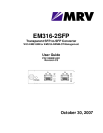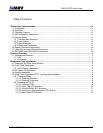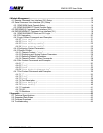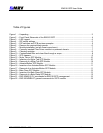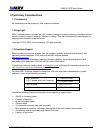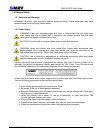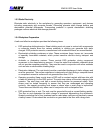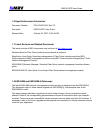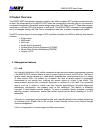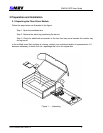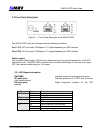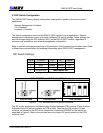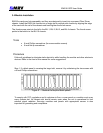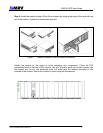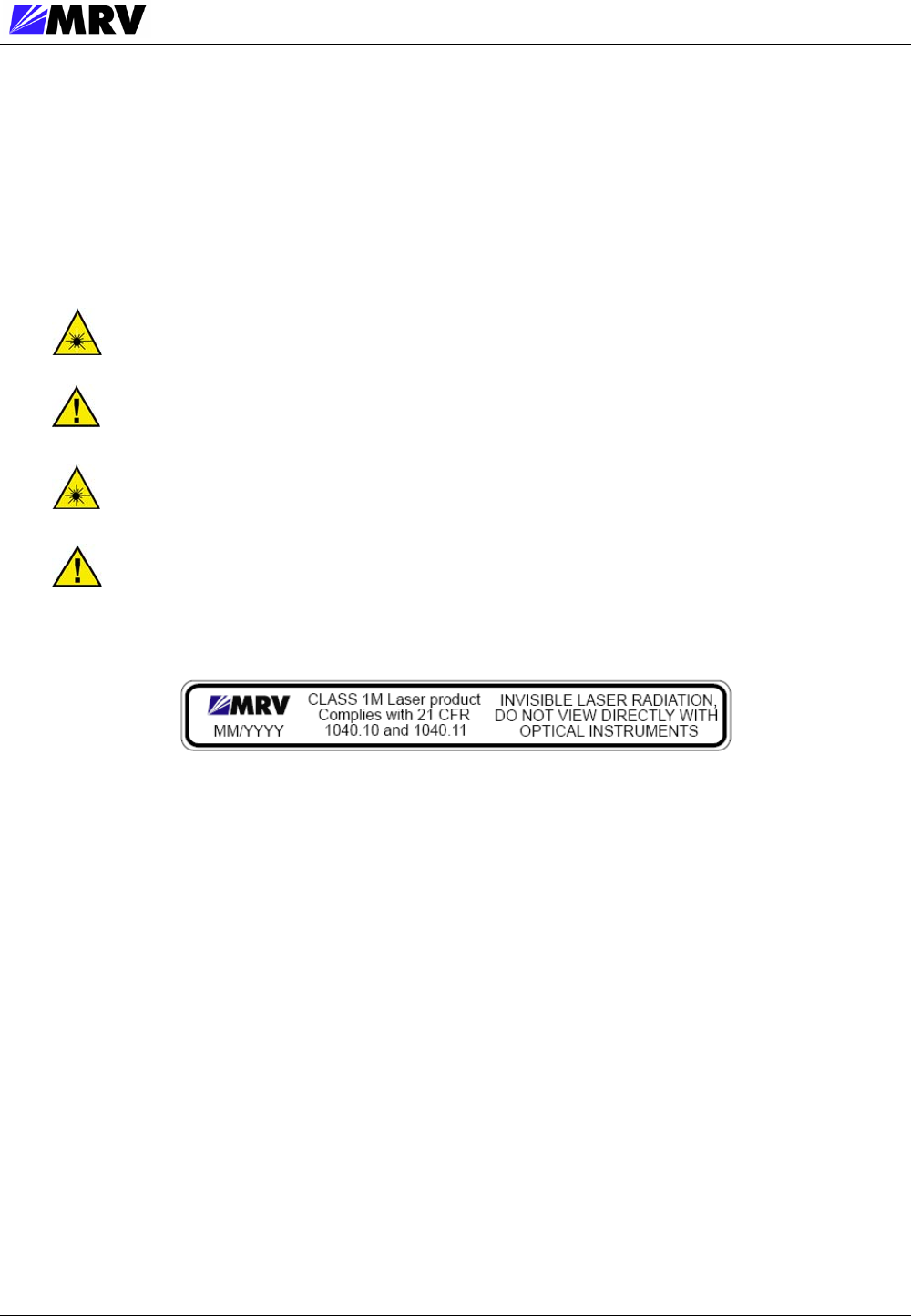
EM316-2SFP User Guide
P/N 1259003-001 Rev C3 vi
1.5 General Safety
1.5.1 Cautions and Warnings
Disconnect all power from electronic devices before servicing. Some equipment may have
multiple power cords requiring disconnection.
1.5.2 Laser Safety
WARNING: Fiber optic equipment may emit laser or infrared light that can injure your
eyes. Never look into an optical fiber or connector port. Always assume that fiber optic
cables are connected to a laser light source.
CAUTION: Do not install or terminate fibers when a laser may be active.
WARNING: Never look directly into a live optical fiber. Always wear appropriate laser
safety glasses when working with open fiber cables that might be connected to an
operational laser transmitter. Direct open fibers ends away from faces.
CAUTION: Use of controls or adjustments or performing procedures other than those
specified herein may result in hazardous radiation exposure.
If a fiber optic laser device output is recognized as a higher than Class 1 product (Class 1M, for
example), the device is evaluated, labeled, and certified by TUV. Class 1 and 1M outputs are
not considered hazardous, but laser safety practices should always be observed.
A fiber optic transceiver emits either single-mode or multi-mode light into a fiber optic strand.
Take the following precautions when handling optical fibers.
• Wear safety glasses when you install optical fibers.
• Be aware of the risk of laser radiation exposure.
• Because transmitted light is invisible to the human eye, always assume that a fiber optic
transceiver is on and operational.
• Never look directly into a beam (T
X
part of a transmitter) or open fiber ends. The
invisible light can damage your eyes.
• Place optical fibers in a safe location during installation.
• Protect optical fiber connectors with clean dust caps for safety and cleanliness.
• Follow the manufacturer instructions when using optical test equipment.



